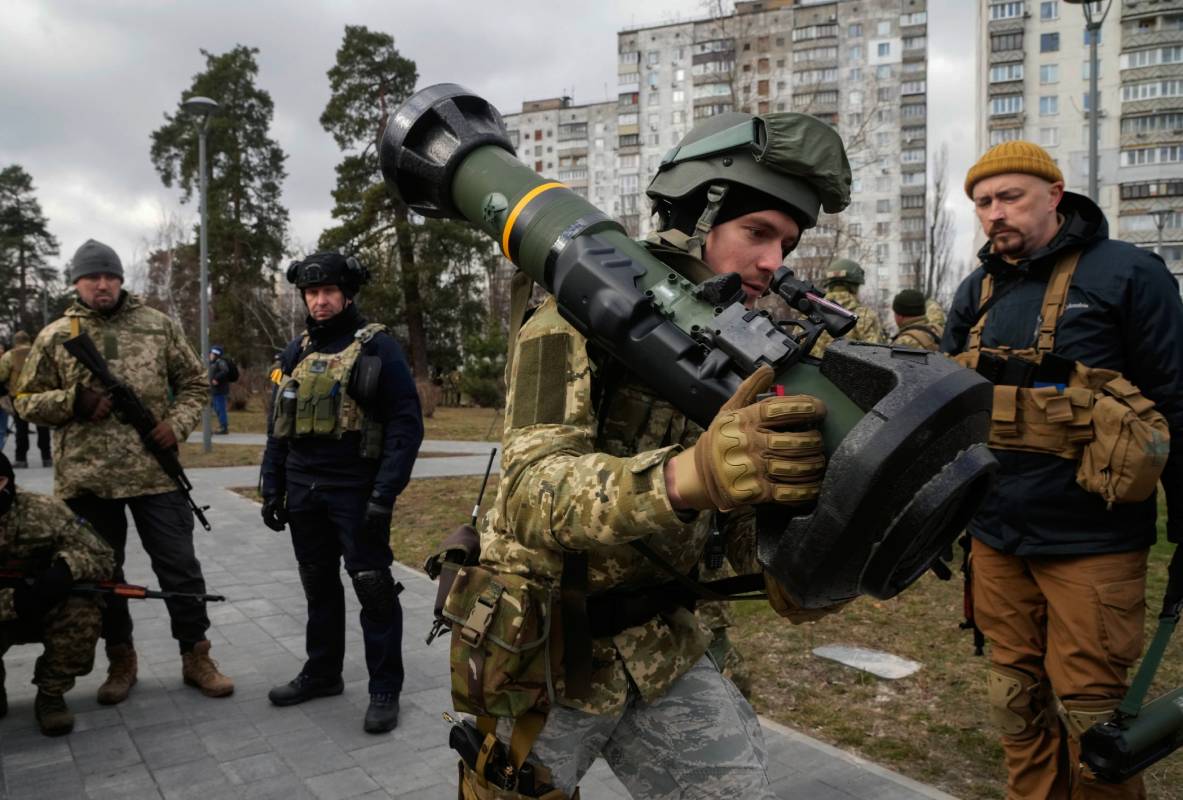City resident gets recognition from Kenya high commission
A little 5-year-old boy too dreamt of being in the jungles of Africa after listening to stories from his father about the continent and the adventures it beholds.
The two combatants in the European conflict recorded significant increases, Russia spending 9.2 per cent more for overall expenditure of about $86.4 billion while Ukraine saw a 640 per cent jump in spending to put away a whopping 34 per cent of its national budget on military needs

Representational image [Poto:SNS]
Critics of the war in Ukraine and of conflicts in general, indeed of military tensions between nations, have long argued that such strife is created to fill the coffers of the armaments industry. Confirmation, if any were needed, has come from the annual report of the Stockholm International Peace Institute which found that global military spending had in the year gone by reached an alltime high of $2.24 trillion, and that spending in western and central Europe was higher than it was in the last year of the Cold War, after adjusting the figures for inflation.
Predictably, North America topped the list of spenders having coughed up $904 billion. But East Asia, which saw higher spending by Japan, clocked $397 billion, followed closely by central and western Europe which dished out $345 million. Uncertainties ensured that nations not hitherto known for military expenditure recorded sharp increases in their budgets, with Finland’s up by 36 per cent, Lithuania’s by 27 per cent and Sweden’s by 12 per cent.
The two combatants in the European conflict recorded significant increases, Russia spending 9.2 per cent more for overall expenditure of about $86.4 billion while Ukraine saw a 640 per cent jump in spending to put away a whopping 34 per cent of its national budget on military needs.
Advertisement
The United States, which some may argue faces the fewest direct threats to its territory or people, spent the most, $877 billion or 39 per cent of the global spend. China spent $292 billion, and India, facing challenges on two borders, was the fourth-largest spender at a little over $81 billion.
The only encouraging sign came from Africa, the one region in the world that spent less money on defence in 2022 than it did the previous year. While not surprising, the report underlines just how tensions across the world have diverted the attentions of governments away from critical areas such as education, infrastructure and public health. It suggests that despite the debilitating consequences of a pandemic, and the economic disaster it brought in its wake, nations across the world, taking the cue from the largest among them, find it necessary to arm themselves.
When even pacifist nations such as Japan and Germany increase their military spends significantly, as they did in 2022, it is a clear sign that far too much is wrong with the world. The international order and the role of multilateral institutions such as the United Nations, which were created to reduce conflicts, must also come into focus for it is evident that they have failed to fulfill their objectives. 4
Two years ago, the head of the World Food Programme had estimated that global hunger could end by 2030 if $40 billion were spent every year until then to meet this objective. That should give nations a chance to reflect on the many better ways to spend their money. Instead, they choose to wage battles, or prepare for them.
Advertisement